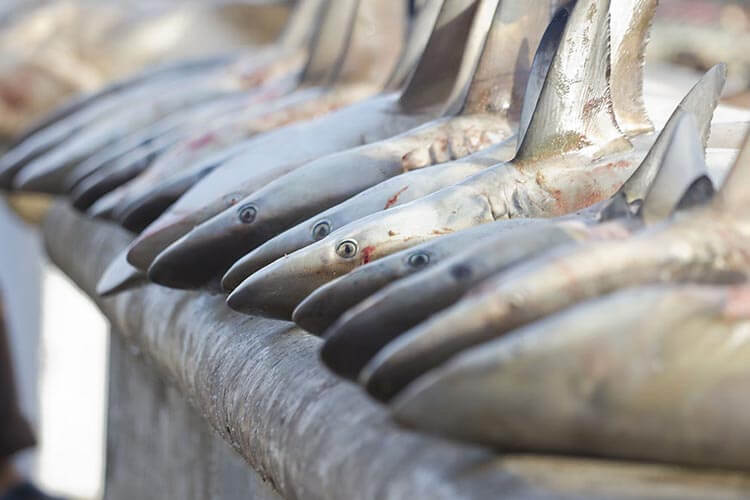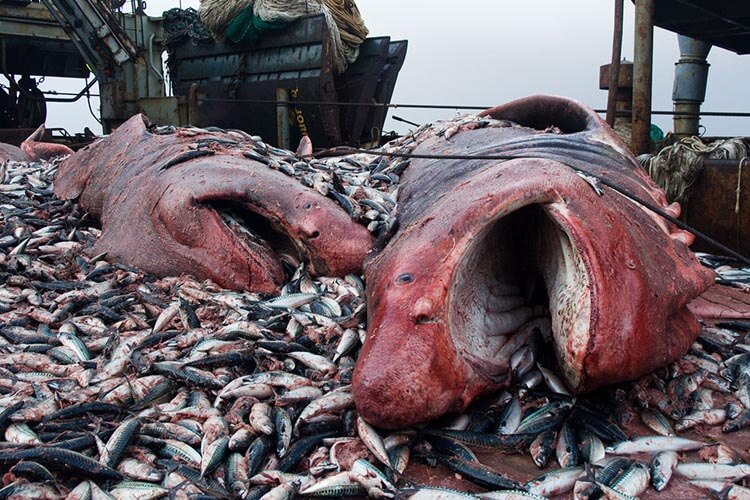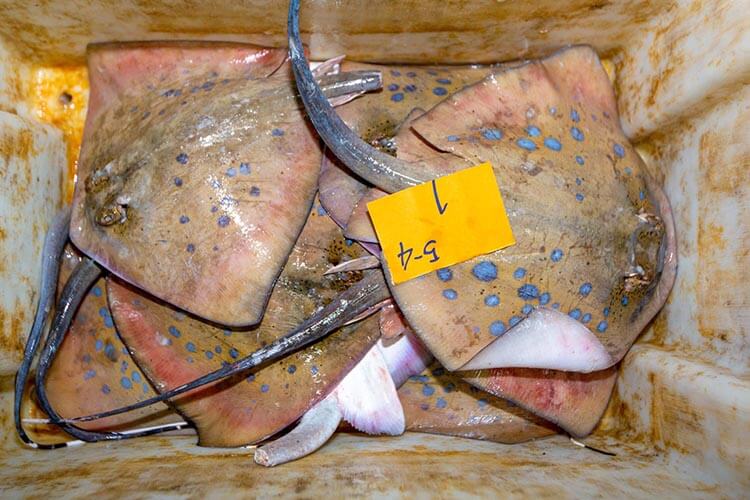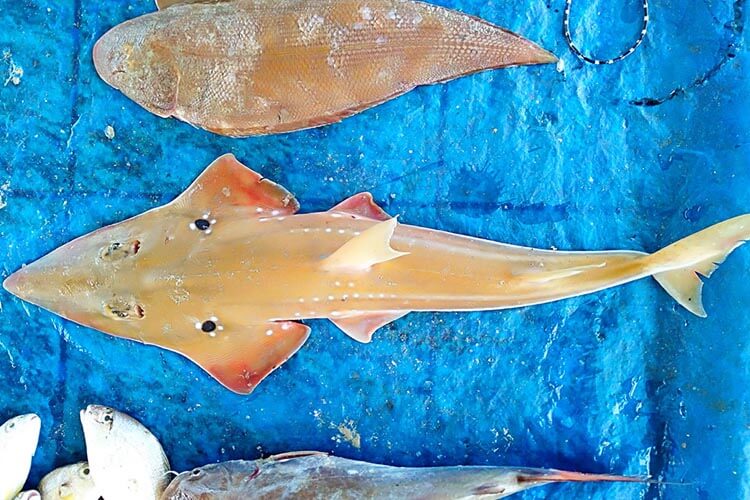
A major new study re-assessing the IUCN Red List status for all sharks, rays and chimaeras has found that more than one-third of species from these groups are now at risk of extinction from overfishing, triple the number recorded in 2014.
The report, published on 6 September in the online journal Current Biology, is the conclusion of the IUCN’s Global Shark Trends project, from which highlights published earlier in March 2021 revealed that 39 species had been reclassified as ‘Critically Endangered’, ‘Endangered’, and ‘Vulnerable to Extinction’, since the last assessment report, published in 2014.
The study found that, in total, the number of species of chondrichthytes (cartilaginous fishes) classed as ‘Threatened’ has doubled since the last global assessment, while the number of Endangered and Critically Endangered species has more than tripled. From a total of 1,199 species assessed in the report, 391 were classified as Critically Endangered (90 species), Endangered (121 species), or Vulnerable to Extinction (180 species).

Of these, rays have been reported as the most threatened of the groups, with 41 per cent of 611 species found to be at risk; 36 per cent of the 536 known shark species and 9 per cent of the 52 species of chimaera species are also now classed as threatened.
Furthermore, three species have been classified as ‘Possibly Extinct’, including the Java stingaree (Urolophus javanicus) and Red Sea torpedo (Torpedo suessii, not to be confused with the leopard torpedo ray, commonly spotted in the Red Sea), which have not been seen for well over a century, and the South China Sea’s lost shark (Carcharhinus obsoletus), not recorded since 1934.
‘On one hand, we’re pleased that chondrichthyan science contributions have doubled since our first global analysis of this kind, allowing us to assess the status of many more species with greater confidence,’ said Dr Nicholas Dulvy, Professor at Simon Fraser University and one of the reports lead authors. ‘On the other hand, our study reveals an increasingly grim reality, with these species now making up one of the most threatened vertebrate lineages, second only to the amphibians in the risks they face. The widespread depletion of these fishes, particularly sharks and rays, jeopardizes the health of entire ocean ecosystems and food security for many nations around the globe.’

Sharks, rays and chimaeras are particularly at risk of overfishing as they tend to mature more slowly and give birth to fewer young than other fish species. Huge numbers are caught as accidental bycatch, but sharks and rays are especially vulnerable as not only are they fished for their meat, but are also specifically targeted for their oil (squalene), gill-rakers and fins. It is estimated that as many as 100 million sharks are taken from the oceans each year, many left to die after having their fins brutally severed and thrown back into the ocean alive.
While governments and fisheries management bodies have taken steps to address the problems caused by overfishing in recent years, the report’s authors state that overfishing of sharks and rays has ‘outpaced effective resource management’. Governments, they say, ‘have fallen far short in heeding scientific advice, fulfilling treaty obligations to end unsustainable exploitation, protecting important habitats, and prioritizing protections for chondrichthyan species.’
‘At the national level, fisheries and environmental authorities need to work together to stop overfishing and halt further declines,’ said Dr Andy Cornish, leader of WWF’s global shark and ray conservation programme, which is working to conserve sharks and rays in more than 25 countries and territories across the globe. ‘If we act now, we still have a good chance to save these predators that play such an important role in ocean health. However, if the status quo continues with slow incremental improvements in management, nobody should be surprised when shark and ray species start disappearing on our watch. All countries and regional fisheries bodies that catch sharks and rays need to step up and take responsibility.’

The report concludes by stating that there is ‘a brighter future for chondrichthyans,’ but that it ‘depends urgently on enacting effective fisheries regulations that focus on reducing catches to sustainable levels and, wherever possible, strictly protecting endangered species.’
‘Our analysis is alarming and yet offers some hope,’ said Sonja Fordham, president of Shark Advocates International, who contributed to the IUCN report. ‘We document significant rebuilding for several species of heavily fished skates, achieved through science-based limits. We have the frameworks, tools, and commitments to replicate this success across the globe, but time is running out for more and more shark and ray species. We urgently need governments, encouraged by citizens, to follow through with strict limits on unsustainable fishing and finally turn the tide for these extraordinary animals.’
The completed report ‘Overfishing drives over one-third of all sharks and rays toward a global extinction crisis’ by Nicholas Dulvey et al is published in Current Biology, doi.org/10.1016/j.cub.2021.08.062
You can find more information about the Global Shark Trends project here, and for more information about WWF’s global shark and ray conservation programme, visit sharks.panda.org and check out its call to action for oceanic sharks and rays.


